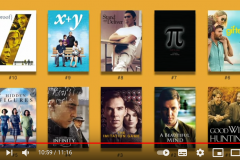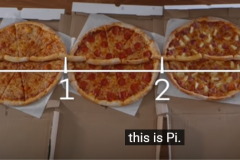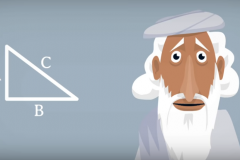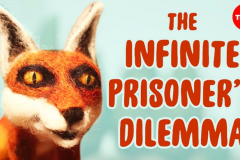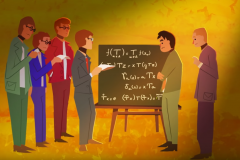Scientix Newsletter
The Scientix quarterly newsletter delivers original articles on innovation in STEM education policy, research and practice. It brings the latest news from science education projects and from the Scientix community and follows the development of European and national policies and initiatives. Each issue focuses on selected topics in science education and highlights present related materials and activities.
The last topics were:
STEM careers
Innovative educational technologies and solutions


